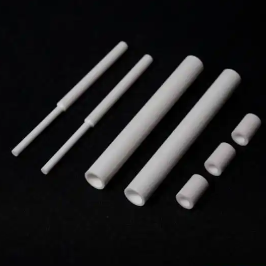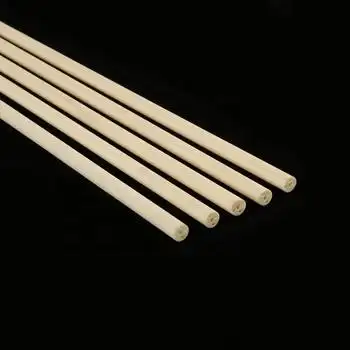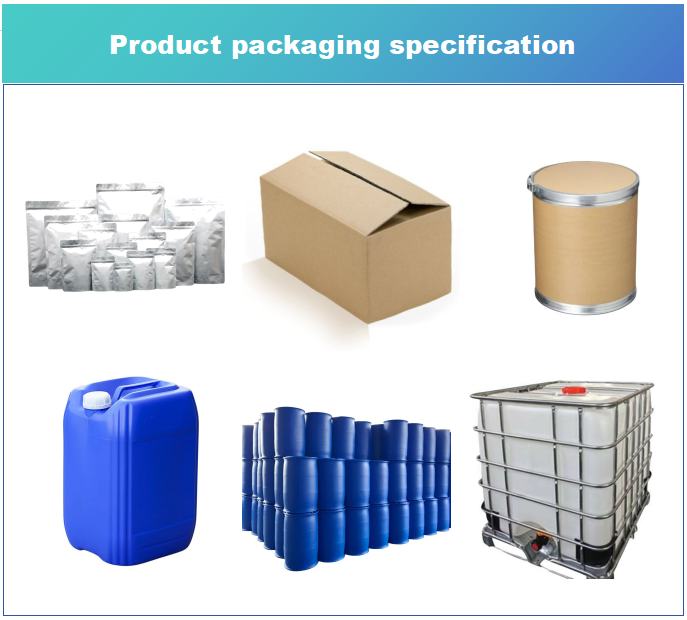Professional Premium Aluminum Oxide Products Supplier
Alumina Rod

Alumina ceramic rod, corrosion-resistant shaft rod, insulated high temperature resistant stirring rod
A Brief Overview of Alumina Ceramic Rods
Alumina ceramic rod is a high-performance ceramic material made of high-purity alumina (Al₂O₃) as the main component. It has extremely high hardness, abrasion resistance and corrosion resistance, and is widely used in many fields such as machinery, electronics and chemical industry. This ceramic rod is not only able to withstand high-temperature environments, but also maintains stable physical and chemical properties under extreme conditions. The manufacturing process involves precise molding and sintering techniques, which ensure high strength and good dimensional accuracy. Due to these characteristics, alumina ceramic rods have become an indispensable key component in many precision instruments and equipments, such as bearings, seals, etc., and play an important role in improving product performance and extending service life.

Advantageous features of alumina ceramic rods
Alumina ceramic rods are known for their range of excellent characteristics, including but not limited to: 1) extremely high hardness and wear resistance, making them ideal for applications that require long-term stable operation; 2) excellent heat resistance and thermal shock resistance, able to work continuously in high temperature environments without deformation or rupture; 3) strong resistance to chemicals and corrosion, and inertness to most acidic and alkaline solutions as well as organic solvents, making them suitable for use as components in corrosive media; 4) high density and low porosity, ensuring the material's denseness and mechanical strength; 5) good electrical insulation properties, widely used in electrical engineering; 6) good dimensional stability, high machining accuracy, easy to carry out precision machining, to meet the high requirements of the assembly needs. These advantages make alumina ceramic rods occupy an important position in many industrial fields.
Specifications Table for Alumina Ceramic Rods
| Parameter | Specification |
|---|---|
| Material Composition | High-purity alumina (Al₂O₃) |
| Purity Level | ≥99.5% |
| Maximum Temperature | Up to 1700°C |
| Thermal Expansion Coefficient | Low, typically 7.5 x 10⁻⁶/°C (at 25-1000°C) |
| Hardness | Vickers hardness ~18 GPa |
| Flexural Strength | Typically >350 MPa |
| Density | Approximately 3.95 g/cm³ |
| Electrical Resistivity | Very high, suitable for electrical insulation |
| Chemical Resistance | Excellent resistance to most acids and alkalis |
| Surface Finish | Can be polished to a smooth finish |
| Standard Length | Available in various lengths, custom options possible |
Production process of alumina ceramic rods
The production of alumina ceramic rods is a complex and delicate process, from the selection of raw materials to the final product inspection, each link is critical. First, high-purity alumina powder is selected as the main raw material, and appropriate amounts of auxiliary components are added as needed to improve certain properties. Next is the mixing stage, where various powders are uniformly blended and then granulated to facilitate subsequent molding operations. The molding process usually employs dry pressing, isostatic pressing, or extrusion to form a preliminary rod billet. It then enters the critical sintering step, which is carried out at high temperatures under strictly controlled temperature and atmosphere conditions, in order to achieve the desired crystal structure and physical properties. After sintering, the semi-finished product also undergoes a series of finishing processes such as grinding and polishing to ensure a smooth and even surface. Finally, all finished products must pass strict dimensional measurements, appearance inspections, and performance tests, and only products that fully meet the standards can be shipped out for market supply.
Application areas of alumina ceramic rods
Alumina ceramic rods find a wide range of applications in several industries due to their unique physical and chemical properties. In the field of mechanical engineering, they are used as wear-resistant parts such as sliders, guide rails and ball bearings because of their extremely high hardness and wear resistance. In the electronics industry, alumina ceramic rods are often used as insulators, circuit board supports and microwave oven magnetron components due to their excellent electrical insulation properties. In the chemical industry, they are used to make pump and valve components, reactor linings and conveyor pipe connections due to their excellent corrosion resistance. In addition, the material plays an important role in the manufacture of medical devices, such as surgical tool handles and dental implants. With the progress of science and technology, alumina ceramic rods continue to open up new applications, such as new energy vehicles, power battery diaphragm bracket, as well as high-temperature structural components in the aerospace field. In short, alumina ceramic rods are playing an irreplaceable role in more and more high-tech industries by virtue of their diverse advantages.

Company Profile
Alumina Technology Co., Ltd.! We focus on the research and development, production and sales of alumina products, serving the electronics, ceramics, chemical and other industries. Since its establishment in 2005, the company has been committed to providing customers with the best products and services, and has become a leader in the industry through continuous technological innovation and strict quality management.
Our products includes but not limited to Alumina Boat, Alumina Crucible, Alumina Dish, Alumina Foam Filter, Alumina Plate, Alumina Rod, Alumina Bar, Alumina Balls, Filter Alumina, Nano Alumina Powder, Spherical Alumina Powder, ect. please feel free to contact us.(nanotrun@yahoo.com)
Payment Methods
T/T, Western Union, Paypal, Credit Card etc.
Shipment Methods
By air, by sea, by express, as customers request.

5 FAQs of Alumina Ceramic Rods
Q: What is the maximum temperature that alumina ceramic rods can withstand?
A: Alumina ceramic rods can generally withstand temperatures up to 1700°C or more, but the exact limit depends on the purity of the material and the production process. When used at high temperatures, the effect of the coefficient of thermal expansion and thermal shock should be considered.
Q: Are alumina ceramic rods prone to breakage?
A: Although alumina ceramic rods are very hard, they may fracture when subjected to severe shock or undue stress. Proper design and installation to avoid overloading can effectively prevent this.
Q: Can alumina ceramic rods be used in food contact applications?
A: Alumina ceramic rods are inherently non-toxic, but to ensure food safety, it is recommended to use specially certified food-grade materials and to follow relevant regulations and standards.
Q: How are surface treatments applied to alumina ceramic rods?
A: Common surface treatments include grinding, polishing and coating to enhance the surface quality or to impart specific functionality. Specific treatments need to be determined based on the actual application requirements.
Q: What are the price factors for alumina ceramic rods?
A: Price is affected by a number of factors, including material purity, processing difficulty, size specifications, quantity, and the manufacturer's cost structure. Customized products or special requirements may result in increased costs.
